Get ready to take the construction industry to the next level digitally!
WHAT?
Digital Construction 2021 will take place for the third time to team up to build a 48-hour prototyping platform for the digitalisation of the construction industry.
This year, we've expanded our event and partnered up with Finland. In addition to the Estonian Digital Construction Cluster, Estonian Wooden Houses Cluster, Garage48, and the Estonian Ministry of Economic Affairs and Communications, Digital Construction 2021 will take place in cooperation with the Ministry of Environment of Finland, RYHTI, and KIRAHub.
Garage48 Digital Construction 2021 hackathon is a pre-event for the World Summit on Digital Built Environment 2021, happening on September 28-29th online.
WHO?
We welcome architects and developers, BIM specialists, contractors, building materials producers, software engineers, UI/UX designers, data scientists, business visionaries, students, young professionals and marketers from Estonia, Finland and worldwide - welcome to Garage48 Digital Construction 2021 hackathon!
WHERE?
Digital Construction 2021 is a hybrid event that will take place both ONLINE and ON-SITE, simultaneously in Estonia (in Tallinn, at The Estonian Academy of Arts) and Finland (in Helsinki, at KIRAHub). Feel free to work on the challenge you want, regardless of your country of origin.
Garage48 hackathon is an intense, hands-on experience with expert mentoring, checkpoints, demo drills, and hard teamwork where you can implement your creativity and resourcefulness to the full extent. These are the essential parts in building working prototypes in just 48 hours that will become the change makers and drivers of the development of the digital construction industry.
TEAM FORMATION
We welcome international teams. You can register as an individual and with or without an idea. You can put together your team in the process or join someone else's team. Please note that only ready-made teams formed during the hackathon registration process are accepted for validation, and only pre-validated teams are allowed to participate in the hackathon.
PRIZES
🏆 Win 1500€ 🏆
The best team to come up with and develop a solution for the Estonian Wooden Houses Cluster (EWHC) challenge of offsite-prefabricated deep energy renovation digital solutions can win up to 1500€!
🏆 Win 3000€ 🏆
Riigi Kinnisvara (State Real Estate) will give out a 3000€ prize for a team of their choice.
🏆 Win Nordecon Grand Prix 3000€ 🏆
The prize goes to the general winner of the Digital Construction 2021 hackathon to celebrate the potential of digitalisation in construction business. Nordecon is one of the biggest construction groups in Estonia, proud of its ambitions to be the leader in the field of more efficient use of data and innovative digital solutions. This hackathon is a perfect starting point for many initiatives to drive this change.
🏆 Win 4000€ 🏆
The Ministry of Environment of Finland and RYHTI give out two prizes 4000 € each.
1. One for the best team for solving the challenge #1: Accelerating user-driven services for the built environment: scaling up MyBuilding (OmaRakennus) demo.
2. One for the best team for solving the challenge #2: Accelerating the transition towards carbon neutral built environment – Opportunities in the circular economy of buildings.
Additionally:
- Tickets to WDBE2021 Summit on September 28-29. Present your project in the dedicated one-hour session covering the results of this hackathon, and get feedback and build connections globally.
- 4-week remote accelerator program by KIRAHub to further develop your project towards the New European Bauhaus goes Digital event.
- Fast-track participation to New European Bauhaus goes Digital on 28 October. Demonstrate your further developed project and get feedback from all around Europe.
🏆 Win 5000€ 🏆
The best team to demonstrate how their prototype benefits from the existing e-construction platform API services or how their prototype/service could add value to the platform can win a €5000 prize from The Ministry of Economic Affairs and Communications.
🏆 Opportunity for further development 🏆
There is also an opportunity to get potential project funding by the Ministry of Environment of Finland and RYHTI to further develop your solution (to be negotiated after the hackathon).
All monetary prizes are subject to withholding tax.
The organisers keep the right not to give out the prize in case no solution meets the challenge's criteria.
TIMELINE
1 July - registration and idea submission open →→ Eventornado!
19 September - ideas submission deadline.
21 September - ideas evaluation and announcing the selected ideas.
21 September - team formation begins (around the selected ideas).
23 September - deadline to submit the team. Announcing TOP teams selected for the hackathon
24 - 26 September - Garage48 Digital Construction 2021.
STAY TUNED
More information about the event, mentors, additional challenges and prizes, and other important updates will be added on an ongoing basis - make sure to stay up to date!
👉Register HERE.
👉 Follow the FACEBOOK event.
👉Questions? kadi@garage48.org
The hackathon is funded by the Estonian Digital Construction Cluster, Estonian Wooden Houses Cluster, Estonian Ministry of Economic Affairs and Communications, the Ministry of Environment of Finland, Remato, the European Regional Development Fund, and Enterprise Estonia.
🚀🚀CHALLENGE. Offsite-prefabricated deep energy renovation digital solutions (by the Estonian Wooden Houses Cluster).
The Problem. In Estonia, most apartment buildings have the same typical problems: high energy consumption levels, insufficient ventilation, uneven indoor temperatures, and insufficient thermal comfort levels. Therefore, standard solutions have been developed for the onsite energy renovation of ventilation and thermal insulation of the building envelope of brick and concrete apartment buildings in Estonia.
By 2050, about 54 million square meters of existing building stock has to be renovated. It includes 100,000 detached houses, 14,000 apartment buildings and 27,000 non-residential buildings. It requires an average of five times increases in the annual reconstruction volume compared to the current levels. That means the site-based renovation technologies are no longer viable, and novel and useful technical and digital solutions for the industrialised (including offsite-prefabricated technology) renovation of buildings are needed.
The need. The following challenges are in the spotlight at hackathon for the digitalisation of industrialised renovation processes:
1. Scan to BIM processes and workflows.
Expected solutions: a best practice guideline for the rapid data collection on buildings' existing geometric conditions.
2. BIM construction elements catalogue. Expected solutions: a best practice to share BIM element catalogues.
3. Automated design for manufacture.
Expected solutions: algorithms for the detailed design of solutions are made available through a parametric design library. For example, these algorithmic methods and tools can be used in the Revit Dynamo script player.
4. Energy and sustainable modelling workflows.
Expected solutions: a protocol for seamless communication and information flow between software applications, such as BIM and IDA-ICE, is developed. If followed correctly, the design process could be improved, and the information flow between different software systems could be enhanced.
5. All other solutions to boost up offsite-prefabricated renovation technology.
Mentoring
Representatives from EWHC companies and doctors from TalTech University will be working with your team throughout the hackathon to guide you in the right direction.
Evaluation criteria
Applicability, value in use, staying on topic.
🚀🚀CHALLENGE. Accelerating user-driven services for the built environment: scaling up MyBuilding / OmaRakennus demo (challenge #1 by the Ministry of Environment of Finland and Ryhti).
Scale up or suggest new user cases and improvements for the MyBuilding demonstration, which is published in August 2021. The demo will show the state of the scattered data storage situation in Finland over land use and building information, and after successful implementation, it solves various data accessibility issues by bringing them into an easy-to-use user interface. The UI is developed under here by Finnish authorities and private developers.
The background. In March 2021, the Ministry of the Environment of Finland together with the Finnish Tax Administration and a group of private developers, initiated a demonstration work about the current stage of the building data in Finland. The demo, MyBuilding (OmaRakennus), belongs to a series of user-driven MyXxx (OmaXxx) service demonstrations carried out by the same developer group. The demo shows the problematic situation of the scattered data in the nation at the current moment. It shows how the data is not accessible equally in the country, but it rather is stored in various information systems in non-compatible forms.
MyBuilding (OmaRakennus) is a user interface, which connects to different public sector registries and follows a similar outline to other service demonstrations like MyLife (OmaElämä). Once the minimum viable product is published in August 2021, MyBuilding (OmaRakennus) demo will be published on this site. There is already one successfully published application in the series, MyTax (OmaVero), which is currently in use by all Finnish people and companies and other taxation units for taxes.
MyBuilding (OmaRakennus) focuses on data about the built environment in Finland. The development has started around a user story example in which a person takes care of her own buildings and simultaneously acts as a caretaker of her elderly parents who are not able to take care of their own buildings (or other tasks, like personal services ordered and addressed in the building they live) with full capacity. The elderly parents do not live in the same municipality; hence, the caretaker should have seamless access to all building data regardless of the location. In the dream vision, the caretaker would identify herself through Suomi.fi services and would get access to, for example, detailed planning (zoning) situation regarding her buildings, information about the property tax, ownership information, detailed architectural plans, hosting certificate (if available), official building registry / building permit information and exact position on the plot and building outline (2D or 3D) on an online map.
MyBuilding (OmaRakennus) demo aims to form and use existing data models in the Y-platform, which is a national interoperable component library in Finland, where the data components are modelled and the terms are semantically explained. The national data models can be found here, and the code lists here and the vocabulary here. The content is partly in English and partly in Finnish at the moment. With the interoperable library, all API developers can use the content of the components in their interfaces freely.
What is this challenge about:
This hackathon challenge looks for solutions that can enhance the demo that is developed. As an example, a great solution to the challenge would be an application of the MyBuilding would be an automatic access control through building doors for authorized people. You could give access remotely to a personnel (for example caretaker, renovator, plumber, nurse or emergency staff or other trustworthy and authorized personnel) to the building. It would be interesting to see how the access control would be organized within or using MyBuilding.
Solving the challenge requires fresh and unique thinking of scaling up, applying and expanding the solution into different user stories. How can this demo and its data repositories be utilized and cross-pollinated with other (maybe yet-non-existing) datasets or data sources? What data do we miss to bring economical value to the demo? How would this demo look in 5 or 10 years?
Take this challenge:
- If you want to develop various use cases, user stories and supporting applications for the demo,
- If you recognize problems or development opportunities regarding existing demo,
- If you find value adding other data sources to the existing demo and demonstrate their value,
- If you see scaling opportunities for the demo,
- If you are interested in examining further the societal or economical benefits of the demo.
Criteria on making a good solution:
- scalability
- realistic to adapt into use
- innovativeness
- complex issue made easy and clear to understand
- disruptive and unprecedented
🚀🚀CHALLENGE. Accelerating the transition towards carbon neutral built environment – Opportunities in the circular economy of buildings (challenge #2 by the Ministry of Environment of Finland Ryhti).
Can you think of digital solutions for better and more effective use of buildings? In addition, can you think of a solution that eases and makes building material in better use after dismantling it? We are looking for practical solutions that solve circular economy problems related to the built environment. The solutions can be anything between digital apps to conceptual proposals.
The background. Ryhti project by the Ministry of the Environment of Finland is changing the way we handle data in Finland among the built environment. We are building a new information system under the Finnish Environment Institute. In the system, we have two national data repositories and the data platform, which enables easier access to current zoning plans, building permits, building ordinances and other land use plans and permits for buildings in one place for all stakeholders. This can further enable new user-driven services based on life events and automation of processes driven by artificial intelligence and machine learning.
Ryhti also takes part in national climate action by enabling easier access to data needed to calculate the carbon footprint and positive “handprint” of buildings. Ryhti project aims to make savings on resources when the new information system allows more automatic and smoother processes for different stakeholders. Through better accessibility to data, the platform also enables new business opportunities in the built environment sector.
In addition to Ryhti, there is another initiative under the Ministry of the Environment of Finland which plans to build a data platform around the circular economy of buildings. The purpose of the platform is to promote circular economy opportunities in the building and construction industry, support better usage of the buildings and its material throughout its life cycle and achieve a positive impact on the carbon footprint of the buildings. The platform is in-progress by the government of Finland and does not exist yet, but in this challenge we want to have a peek of how it will look in the future.
The platform aims to:
- Enable multi-use, flexible, repairable, easily dismantled and transferrable new building solutions (as-built)
- Enable better and more effective building usage once the building is in its operating stage for 50 years or more, to utilize empty and rarely used spaces more effectively (as-operated)
- Enable reuse, recycling and recovery of dismantled or demolished building materials or products (as-planned and as-built)
What is this challenge about:
This hackathon challenge looks for various data-driven solutions on how buildings could be used better and more effectively. The challenge focuses on looking for solutions to the last bullet point, when the building is dismantled and converted into materials and products. In this challenge, we want to focus on how can dismantled buildings be converted into raw material and logistically transported into new locations cost- and emission-effectively? How can Ryhti data repositories (especially building data repositories) can be used to create solutions that bring benefit to building management at the end of the life cycle of buildings? How can we achieve an up-to-date maintenance record for buildings to keep a list of all the building renovations and repairs in a single place? What kind of data do we lack or should we start to collect to ensure your idea to bloom?
You are also more than welcome to utilize the new national emission database (www.CO2data.fi) which includes the emission information about building materials (e.g. steel, cardboard, tin) but does not contain products (e.g. windows, doors) yet.
Take this challenge:
- If you are interested in working among circular economy solutions and with life cycle of buildings
- If you see opportunities to solve circular economy problems with data-driven methods
- If you are interested in developing new solutions for data-driven maintenance of the buildings and data-driven solutions to the materials and products of the waste and disposal
- If you are interested in material, product and land-use logistics
- If you see other climate action opportunities utilizing these building datasets
- If you are interested in examining further the societal or economical benefits of life cycle thinking in the built environment
Criteria on making a good solution:
- scalability
- realistic to adapt into use
- innovativeness
- complex issue made easy and clear to understand
- disruptive and unprecedented
🚀🚀CHALLENGE. Integrate your prototype and/or services with the existing e-construction platform of the Estonian Ministry of Economic Affairs and Communications.
The Ministry of Economic Affairs and Communications is developing the e-construction platform with the goal to enable seamless data exchange between public and private stakeholders throughout the building lifecycle. The platform already includes a set of API-s that provide connections to public data and services related to the built environment. Check out the developer portal at developer.e-ehitus.ee for more information and technical documentation.
We encourage all hackathon teams to take advantage of the existing API-s in the development of their prototypes and to come up with their own services/API-s that could add value to the platform. As a motivational bonus we are putting up a prize of €5000 to the team that best demonstrates the potential of the e-construction platform.
In order to compete for the €5000 prize you must demonstrate how your prototype benefits from existing e-construction platform API services OR how your prototype/service could add value to the platform.
The best team to demonstrate how their prototype benefits from the existing e-construction platform API services
or how their prototype/service could add value to the platform can win a €5000 prize from The Ministry of Economic Affairs and Communications.
OVERALL BACKGROUND
The construction industry is a sector with key economic importance globally. Combined with real estate, the sector is one of the biggest creators of added-value and employment effects in most economies. Yet compared to the remarkable development of digitalisation and productivity in other sectors, the construction industry seems to be standing still. Below are the overall challenges that the construction industry of both countries are facing and need solutions for.
Estonian construction industry.
1) Low productivity and profitability.
2) Low digitalisation levels within smaller construction companies.
3) Very little digital collaboration.
4) Moderate implementation of modern technologies.
5) Poor document and information management over the whole lifecycle of the building.
6) Information exchange between building material producers and the other parties in the industry is not done automatically.
7) Lifecycle assessment and CO2 footprint for buildings are time-consuming to calculate due to insufficient data quality.
8) Digitalisation and implementation of BIM in the wooden prefabricated house sector is low.
One of the key prerequisites for achieving productivity growth is the improvement of work processes and information flows. That is why the governments have started developing e-platforms that will help to connect data and services throughout the building lifecycle.
Finnish data-driven building industry.
1) Data is stored in various locations and systems (silos).
2) Data is handled and saved in various non-compatible data models and formats.
3) A huge part of the development is done privately, and the development is not transparent.
4) The ideas are hard to "sell" while the language used is very technical to the end-users.
5) There is a lot of development under CO2 calculations, and a lot of it has been tested and proved. The national model is underway. There is no national consensus yet on other CO2 calculations but buildings. There should be other built environment items (roads, bridges, parks, etc.) to model, calculate, and scale on the national scale.
6) Lack of compatible data in various data repositories. There is excellent work going on under data compatibilities in Finland, yet these components are not fully used. The component forms are found here: data vocabularies (data models), reference data and terminologies.
7) Lack of skills using national data models (vocabularies) in practice work in municipalities.
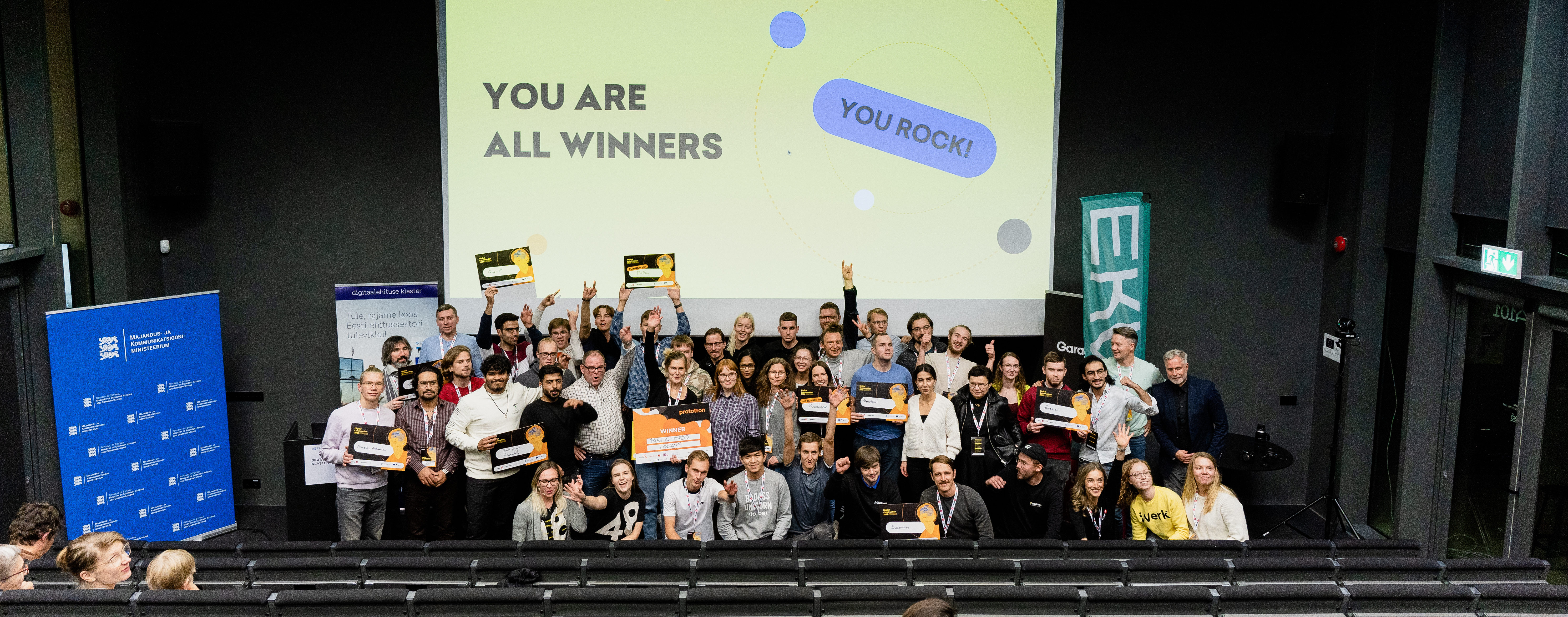

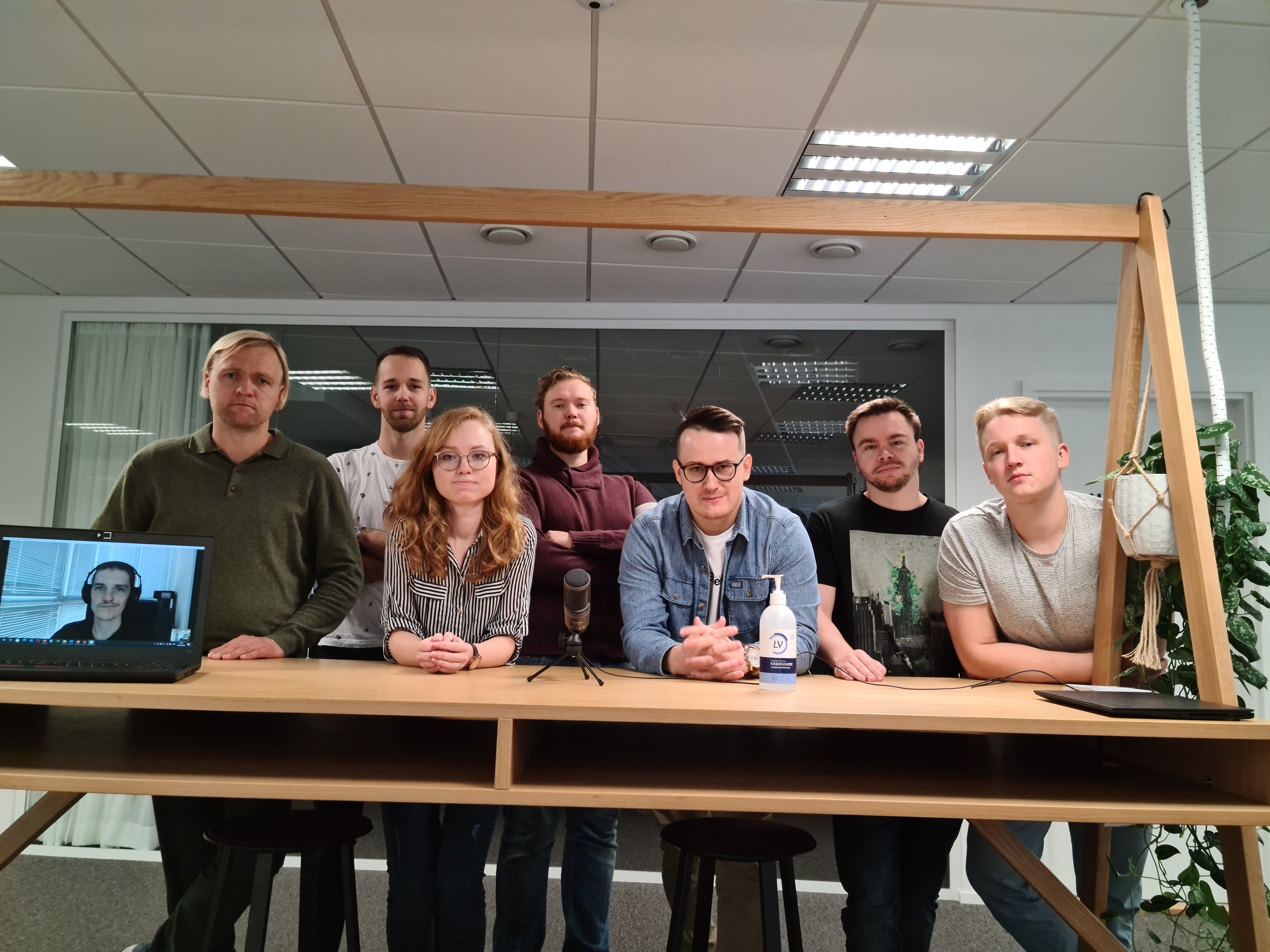
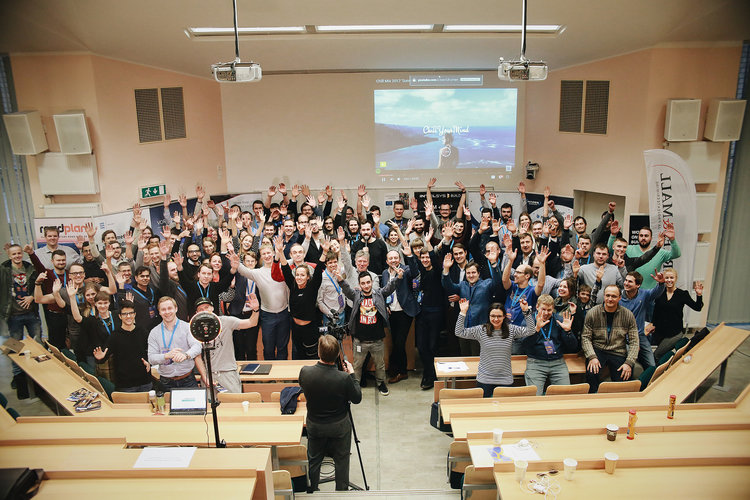
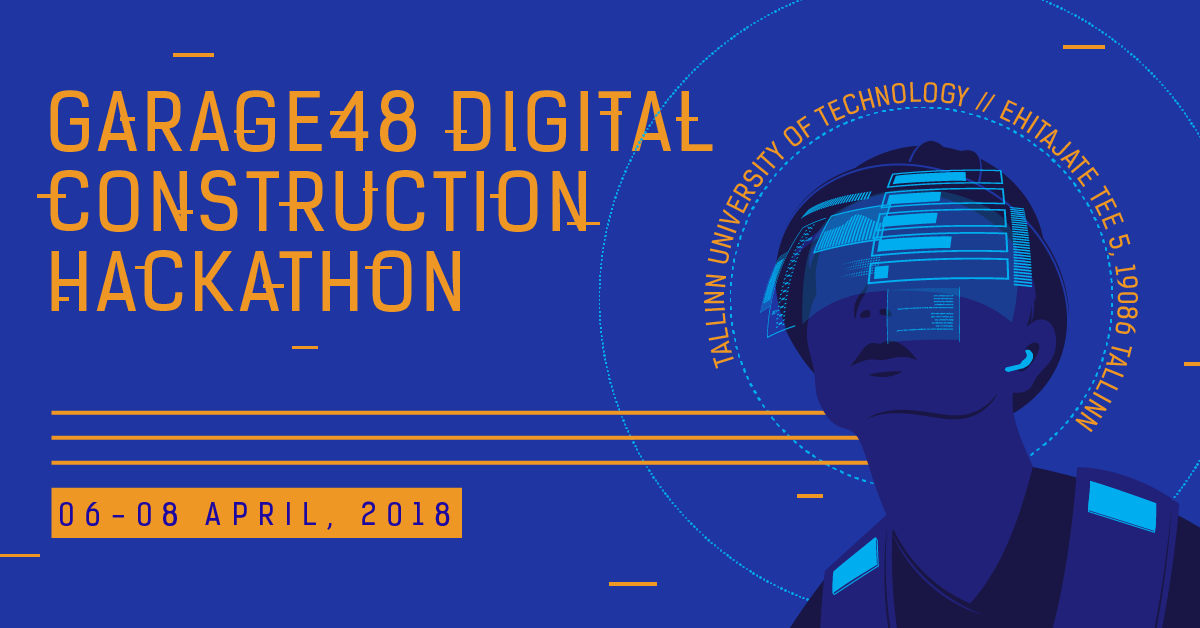
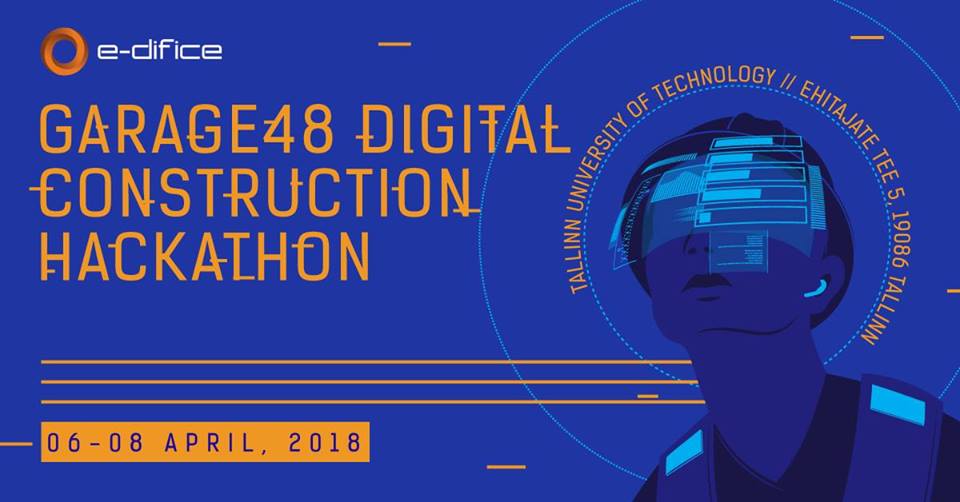




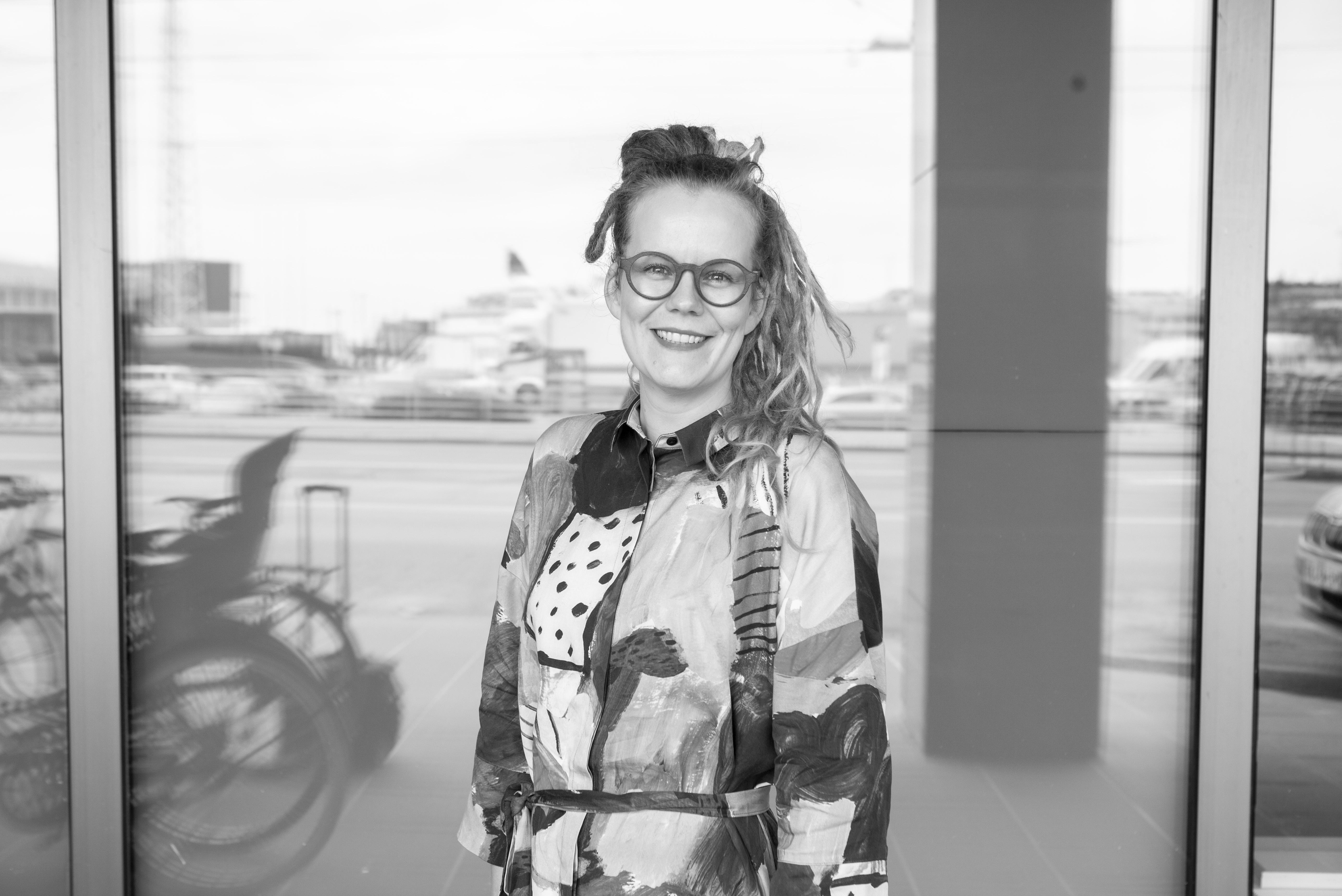




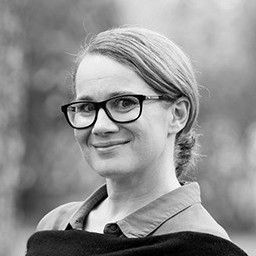
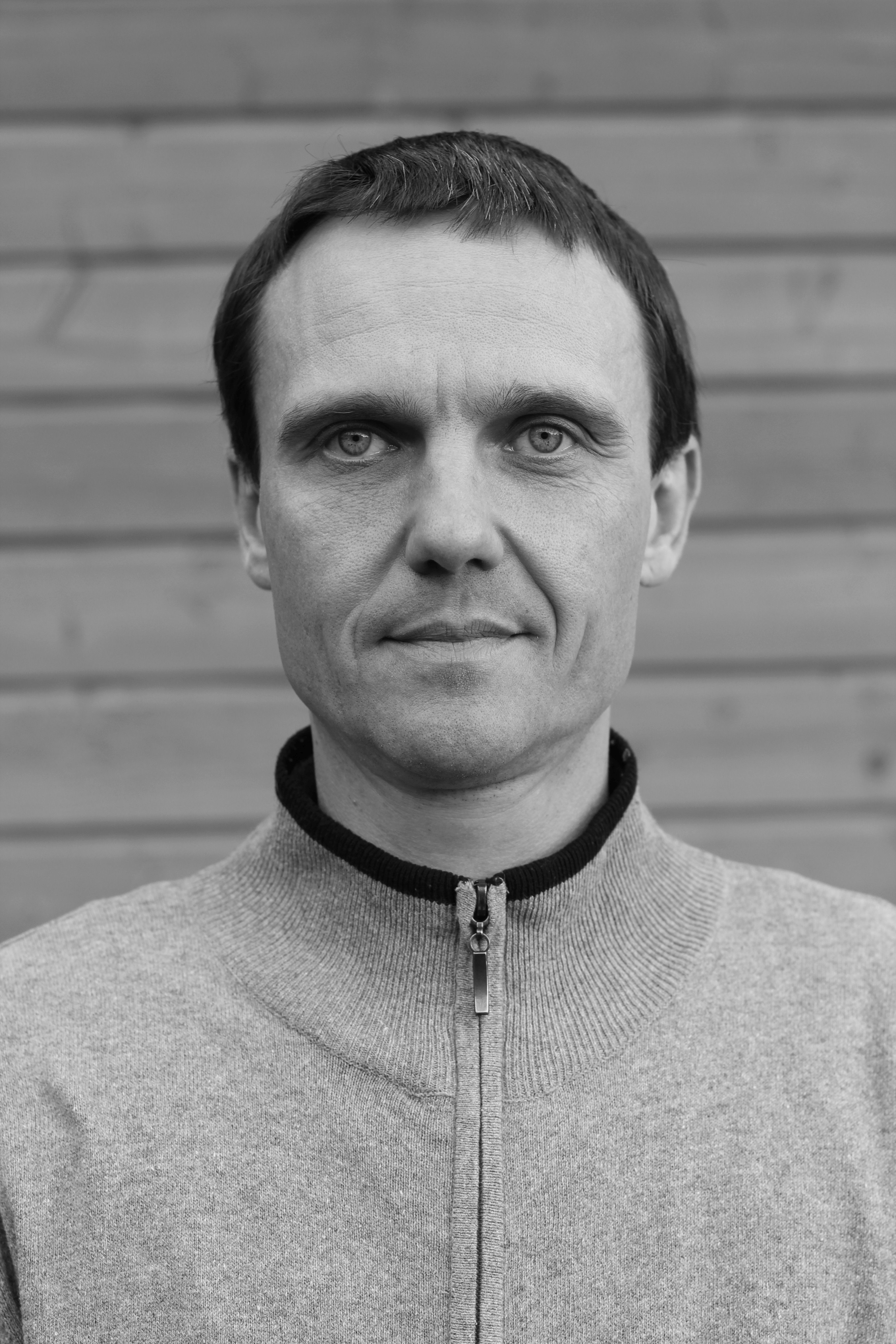

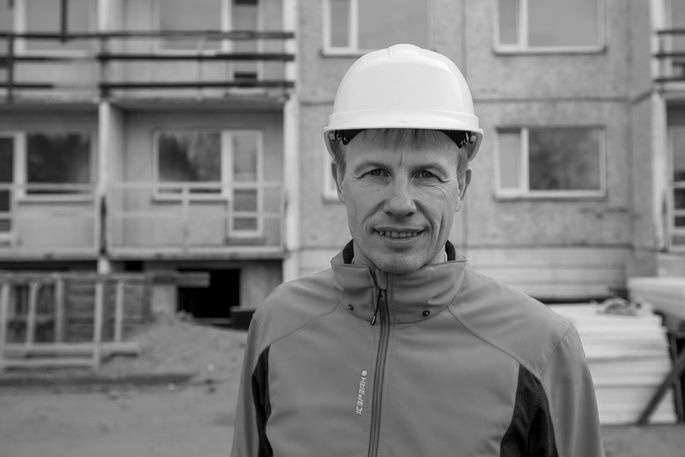

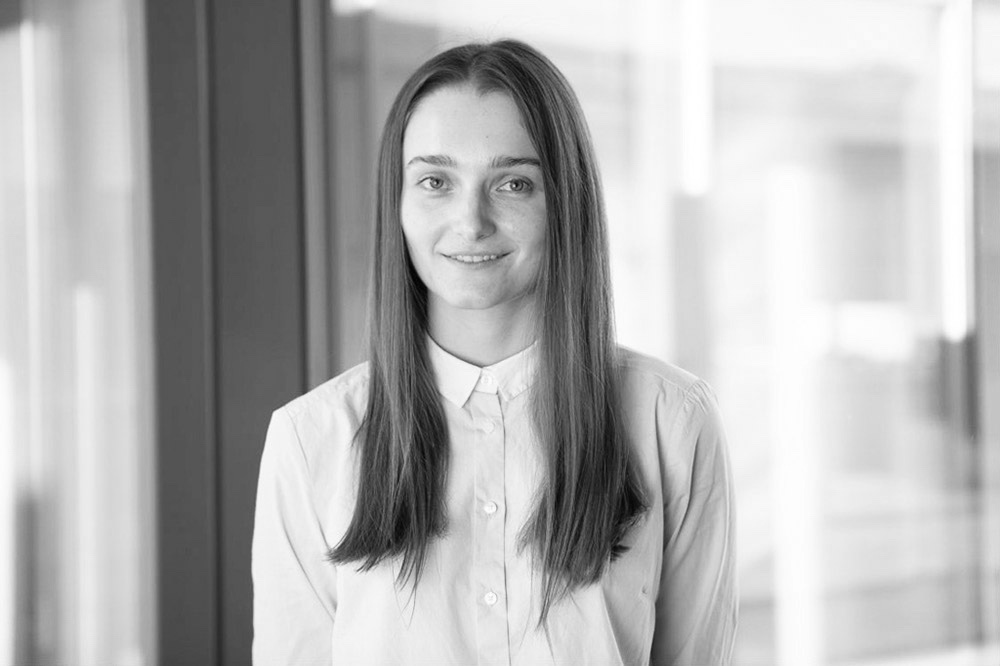









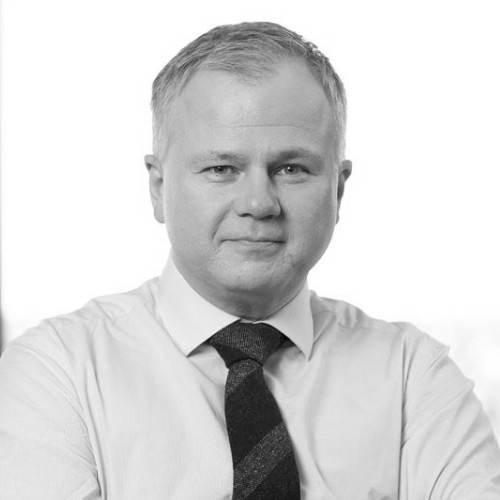
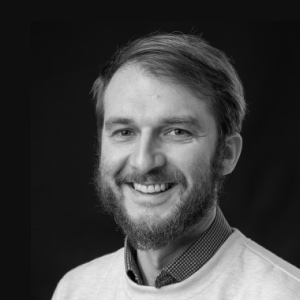
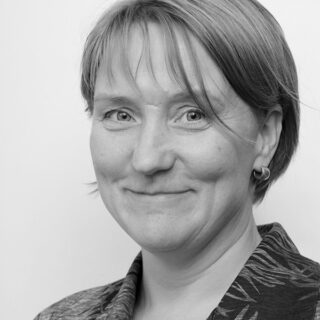

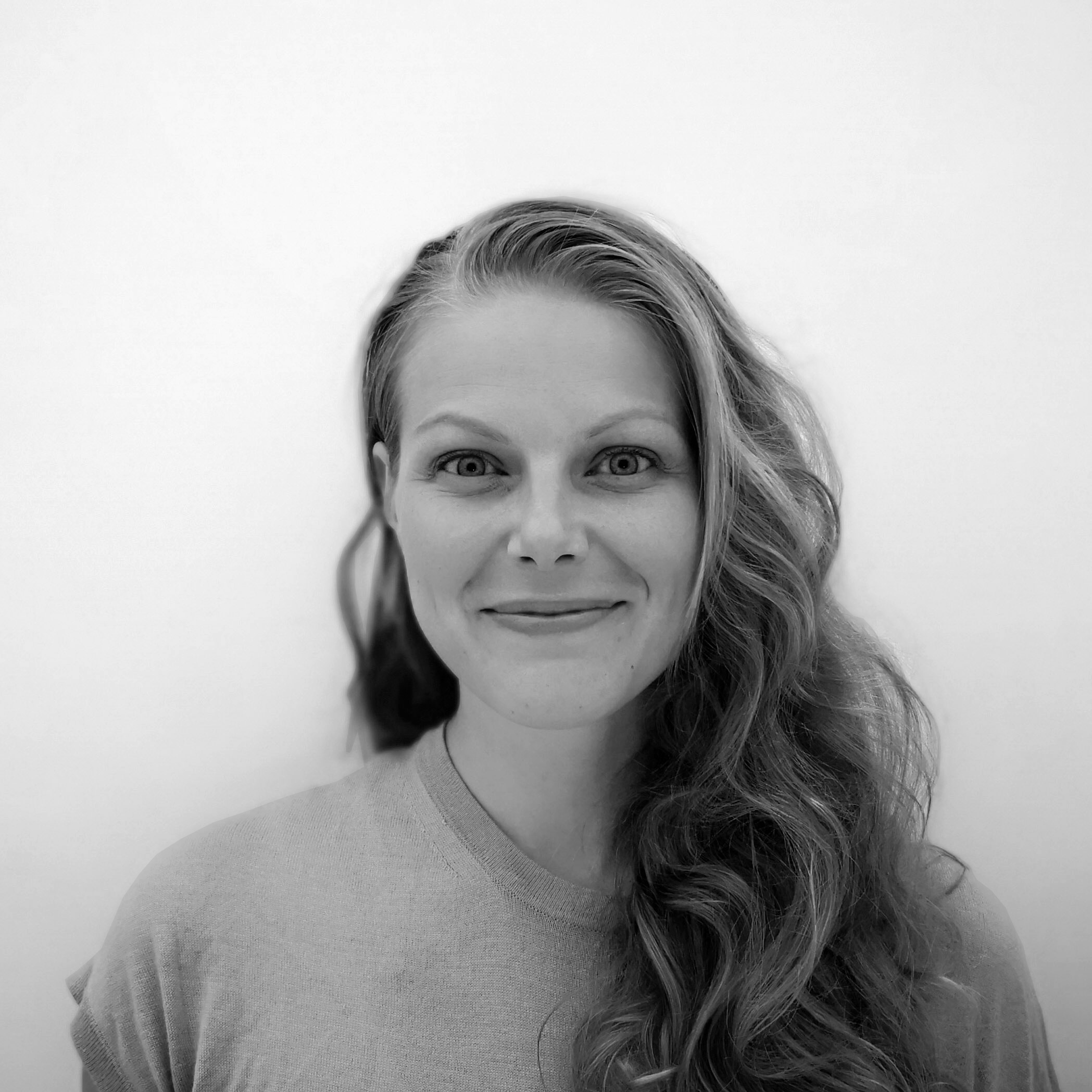

_block.png)